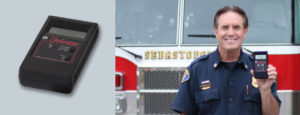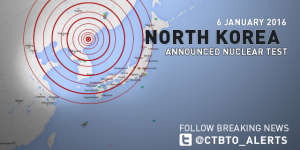I usually keep my occasional blog posts limited to news of interest on radiation detection, safety and security. I have also posted on events related to the radiation detection industry. I donʻt usually post explicitly on my own company, but much of my work in Radiation Detection has been through my activities as a Founder, Designer, Engineer, Chief Bottle Washer and CEO at IMI. We just marked our 30th anniversary this week, so I decided to celebrate the occasion with a blog post. I want to thank each of our other Founders, our Shareholders, Employees, Consultants, Advisors, Friends, former Employees, and Families, but especially our Customers for your support and your loyalty.
We have some big news and exciting projects coming up. We think the best years are ahead of us, and that our work is becoming more important as nuclear and radiation safety issues become more complex and critical for a healthy and safe future for our planet . Stay tuned.
Thank you!!!
Comments closed


